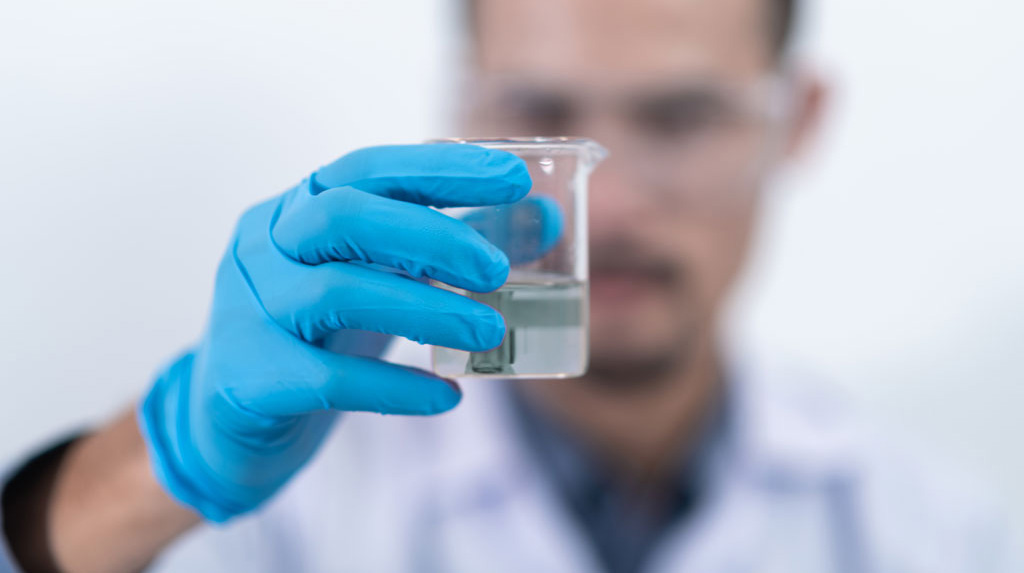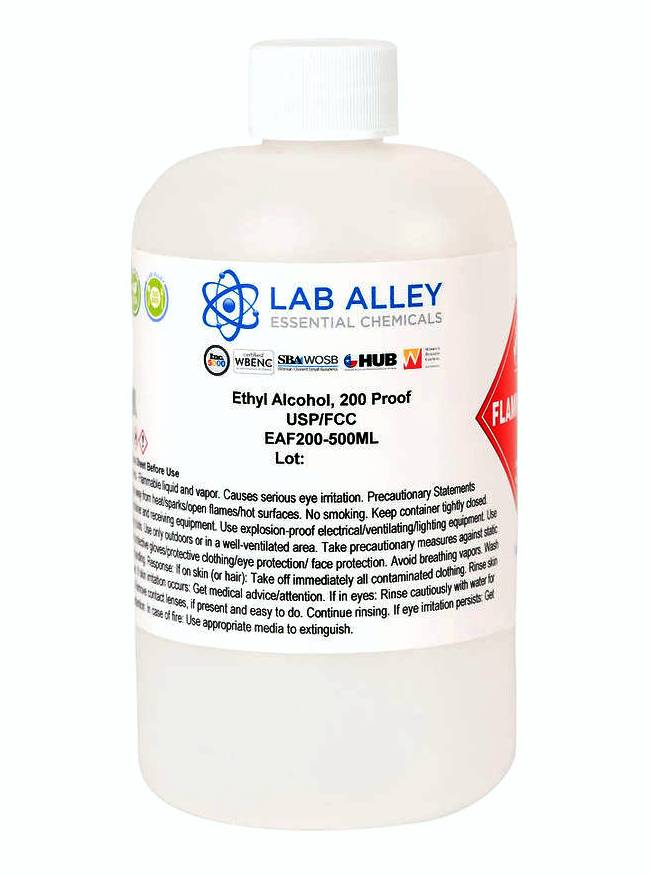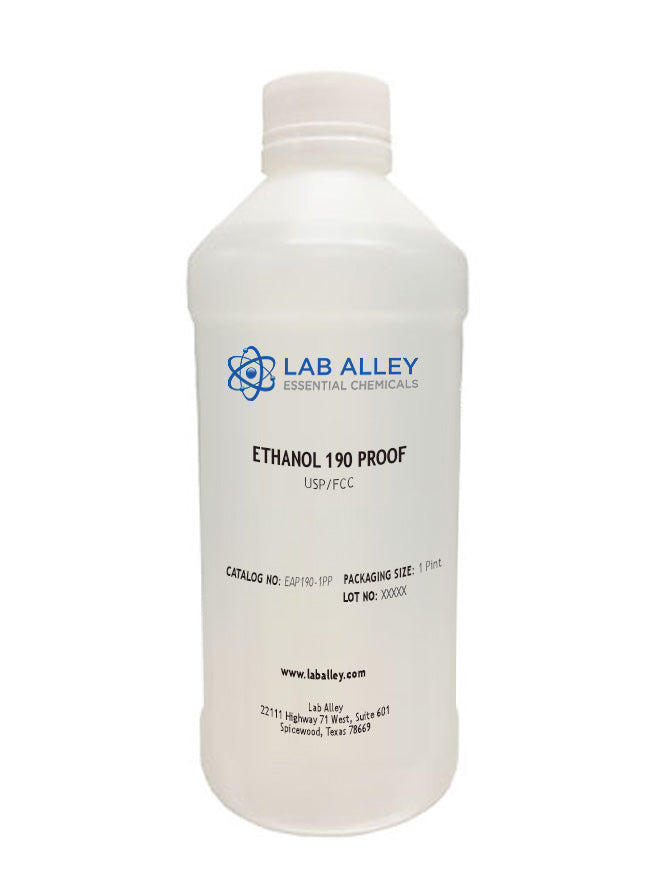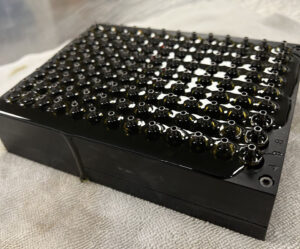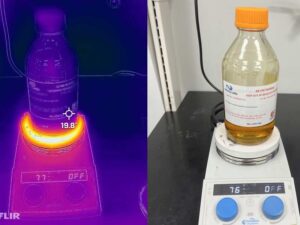Listed below are a few methods and their descriptions on how to remove water from ethanol.
Filtering and Absorption
In this procedure, ethanol is extracted with the help of a desiccant, choosing from a 3A molecular sieve, silica, or alumina beads to filter out the water. First, powdered KOH or MgI2 is mixed with ethanol at a concentration of 10 g/L. Then, the solvent is poured into a sealable flask that holds 10-20 g/L of molecular sieves heated to 300°C. The desiccant will gradually reduce the moisture to below 10 ppm. Let the solution cool down overnight for 24-48 hours before removing the purified ethanol.
The efficacy of drying ethanol can be measured by conducting a titration analysis inside a two-compartment glove box. The results will show that absorption is a practical drying method because it does not rely on reactive materials such as metal hydrides or any special instruments apart from a column and a two-necked flask.
Benzene or Gasoline
For larger quantities, a better approach to recovering ethanol is adding benzene to the solution at a ratio of 2-3 times the volume of water. For instance, you could mix 2 gallons of benzene with 10 gallons of 95% alcohol, plus 88 gallons of gasoline to prepare 100 gallons of a 10% gasohol formulation.
Keep in mind that most salts will dissolve in water but not in ethanol, which means sulfates, phosphates, or calcium salt can absorb the water. The process involves filling a drum or container with dry salt and submerging it in the mixture, after which the ethanol can be collected through a valve at the bottom.
Dehydration with Lime
Adding an ethanol drying agent is another method to dry ethanol. The traditional method is to simply dry ethanol with CaO (calcium oxide), also known as lime. What happens is, that CaO reacts with the water to form Ca(OH)2. This is done by mixing lime in a ratio of 35 lbs per gal of water. Once it is slaked for 12-24 hours, the Ca(OH)2 will settle down since it does not dissolve in alcohol, and leave the 99.5% ethanol as the top layer.
Alternatively, you can distill the ethanol and reflux it with CaO past the condenser. Repeat that step using magnesium ethylate to purify it fully.
Azeotropic Drying
For example, in the azeotropic method, water and alcohol are combined into a binary azeotrope. If you add a hydrocarbon solvent (i.e. benzene, gasoline), it will form the third layer to be extracted. Try running a pressure-swing distillation on the azeotrope by adjusting the internal pressure: It crosses the activity coefficients of the distillates to boil out the water.
Another ethanol drying method is mixing trichloroethylene with the alcohol and water vapors in a rectifying column as it passes through the tube. This azeotrope should have a lower boiling point than pure ethanol at around 153°F. As a result, the water and trichloroethylene evaporate first by exiting the column, leaving the anhydrous ethanol behind at the bottom.

